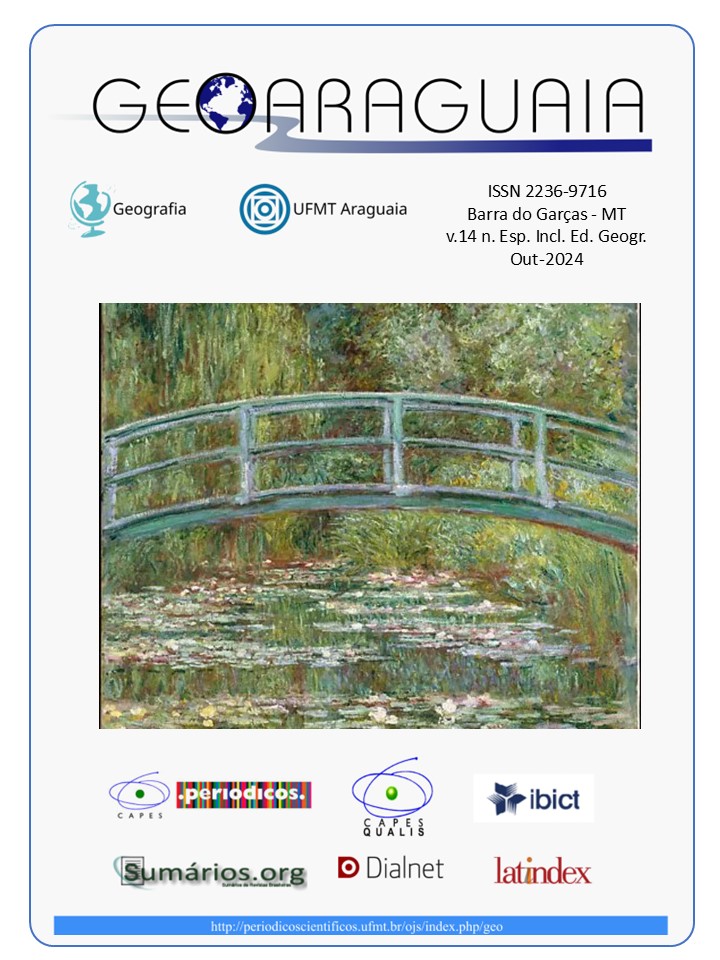3D printing in the production of inclusive didactic resources for teaching geography
Keywords:
Inclusão, Ensino de Geografia, Cartografia Tátil, Impressão 3D, Design-Based ResearchAbstract
The following work presents the results of a master’s dissertation in Geography defended in the Postgraduate Program in Geography (PPGEO/UEL). Through a qualitative approach, the aim was to deepen the discussion about the use of 3D printing and QR codes in the production of didactic resources for Geography classes, designed for students with or without visual impairments. The study utilized concepts from Tactile Cartography and Universal Design for Learning to create a collection of topographic models and evaluate their effectiveness in conveying proposed information. Following the Design-Based Research methodology, which focuses on prototyping and continuous refinement based on evaluations, the work involved interactions with students and teachers through semi-structured questionnaires to assess the developed materials and methodologies. With advancements in 3D printing technology and QR codes, new possibilities emerge, and it can be inferred that these innovative materials can significantly contribute to Geography education. Schools are not far from this reality, as they now have the capacity to become ‘small factories’ of adapted educational resources for various contexts.
Downloads
Published
How to Cite
Issue
Section
License
A Revista Geoaraguaia poderá solicitar alterações de ordem normativa, ortográfica e gramatical, com vistas a manter o padrão culto da língua. Se necessário, alguns ajustes normativos podem ser feitos pela revista, porém respeitando o estilo dos autores.
As provas finais não serão enviadas aos autores.
As opiniões emitidas pelos autores dos artigos são de sua exclusiva responsabilidade.





 A revista
A revista